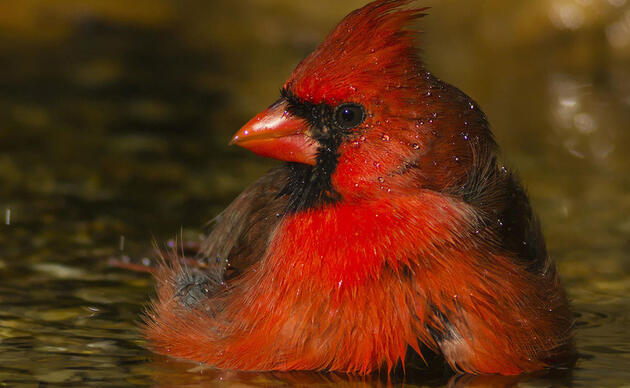What caused the brown algae that is killing fish and birds in the Indian River Lagoon and other coastal waterways? The easy answer is government inaction. But before blaming lawmakers and agencies for allowing too much drainage and development, let’s remember that we elected local and state leaders who promised less regulation and lower taxes. Lack of rules and money for solutions are the fundamental problems.
The threats besetting the lagoon and other coastal waterways are not new. The greatest sources of pollution – fertilizers and human wastewater – can be cleaned up if we all work together to commit to practical solutions. But it will not be easy or cheap.
In the meantime here some actions we can take or insist on:
Ten Things You Can Do to Help Coastal Water Quality
1. Fertilizer use. Rain and irrigation wash agricultural and lawn fertilizers off farm fields and yards into ditches and groundwater, which then makes its way into coastal waters. Stop using fertilizer and insist on strong local and state laws that limit fertilizer use.
2. Sewage and Septage. Septic tanks and sewer systems are a huge source of nutrient pollution. Septic tanks in located in coastal sandy soils release almost all nitrogen from household wastewater. Treated sewage used for landscape irrigation and sewage sludge dumped on farm fields contribute huge amounts of pollution to coastal waters. Get rid of your septic tank and hook up to central sewer. Stop using reclaimed wastewater on your lawn. Ban land disposal of sewage sludge.
3. Stormwater. As a result of ditching and draining wetlands for development and flood control, most stormwater flushes directly into coastal areas. Insist on building local stormwater treatment areas adequate to hold and treat rainy season water.
4. Lawns and landscaping can be designed to limit water pollution. Use plants that don’t require watering. Don’t use reclaimed water. Don’t use fertilizer.
5. Citizen science. Informed citizens are the best protection against indifferent policy-makers. Get to know native ecosystems and how they function. Learn where your water comes from and where it goes when it leaves your property.
6. Nitrogen oxide from transportation and power plant exhaust accounts for up to 25% of nitrogen pollution entering waterways. Drive a fuel efficient car, conserve energy, and support solar.
7. Manage growth. Conversion of natural areas to development is the major cause of damage to waterways. Live in existing and redeveloped neighborhoods.
8. Protect natural areas. Undeveloped and undrained land causes no pollution and no stormwater. Support Florida Forever and other programs to preserve green spaces to prevent drainage and development.
9. Protect wetlands. Swamps and floodplains retain floodwaters and filter pollution. Oppose development in wetlands, support a strong Clean Water Act, and oppose attempts to weaken laws that protect wetlands
10. Funding for restoration. The Governor and Legislature cut water management agency budgets by 1/3 - in the process, many restoration projects were canceled or postponed. Amendment 1 approved by 75% of Florida voters 2014 is only partially implemented. Insist on restoring funding to the water management districts to work with local governments to control pollution from fertilizers, wastewater and stormwater.
Do these ten things and you will truly help to solve the problem. Thank you.
Sincerely,
Eric Draper
By Jonathan Webber
Stay in Touch!
Show your love of birds today. Subscribe to receive email updates about Audubon's conservation work and hear about opportunities to help birds in your area or nationwide.




